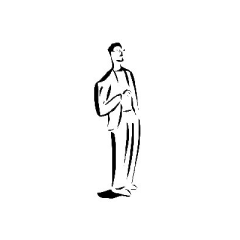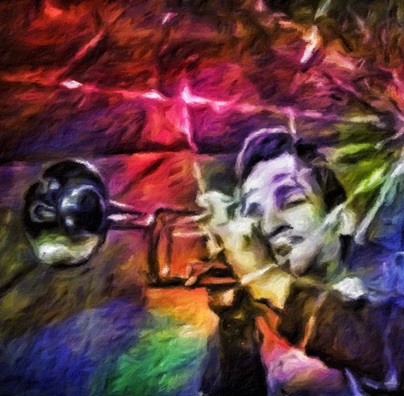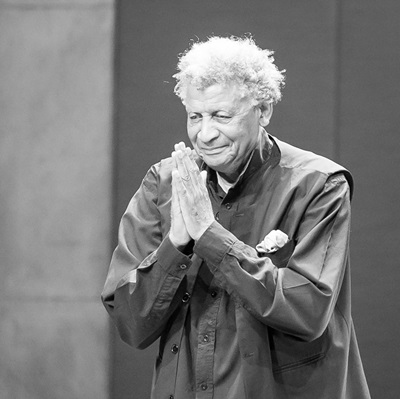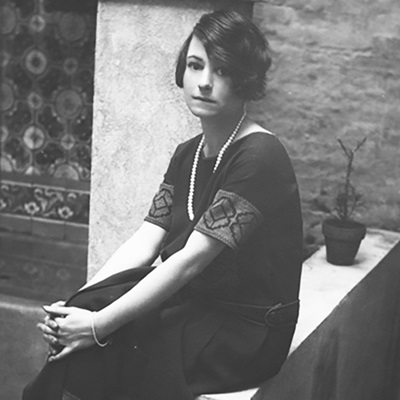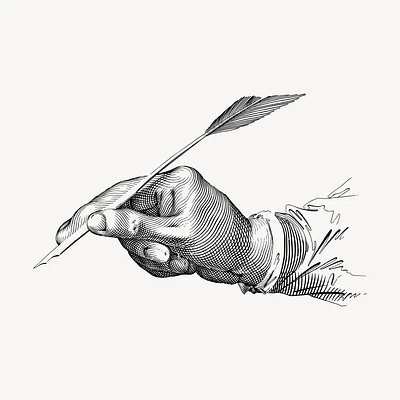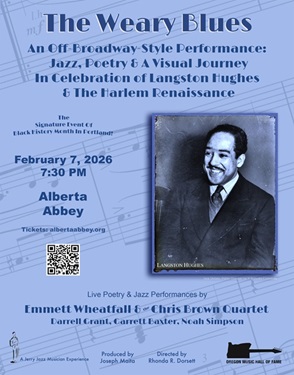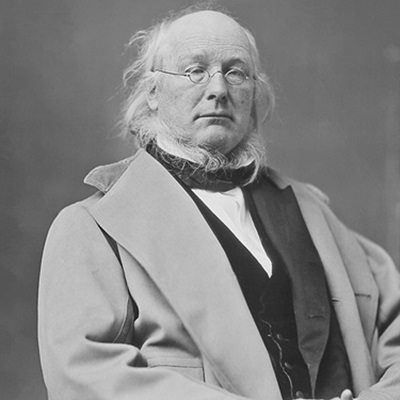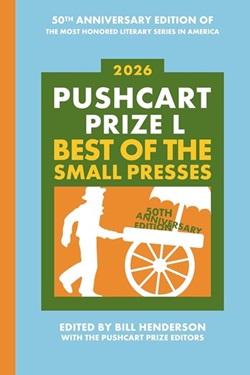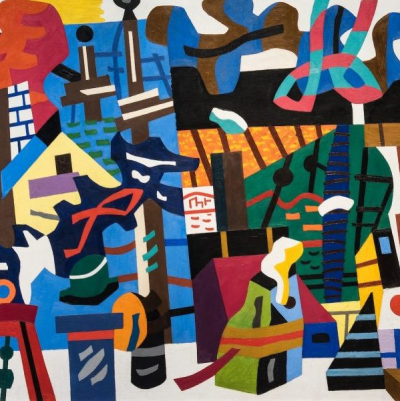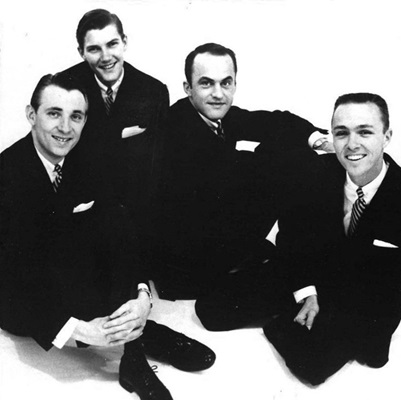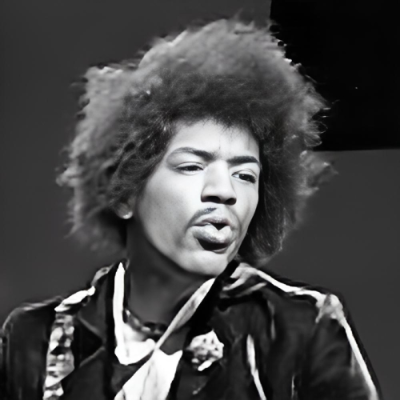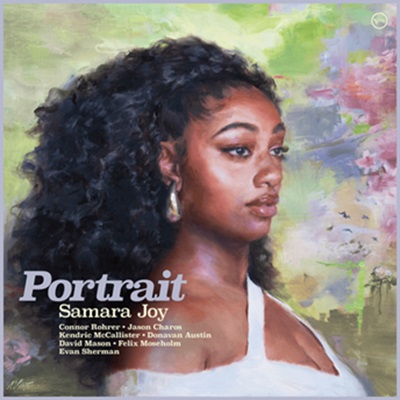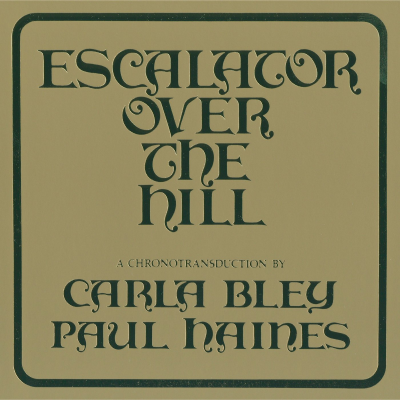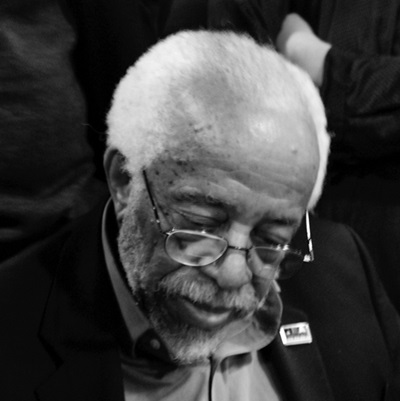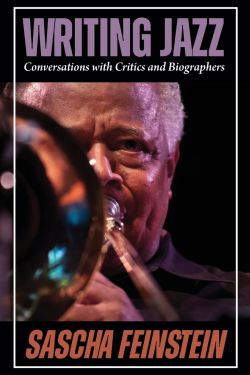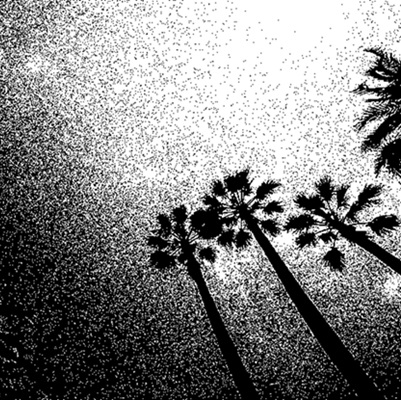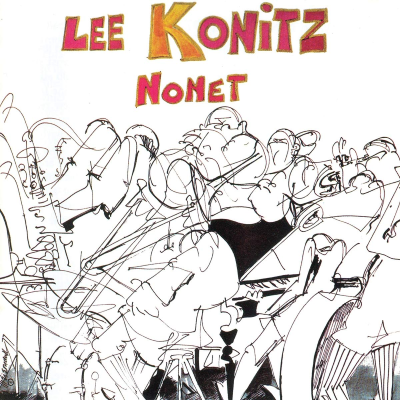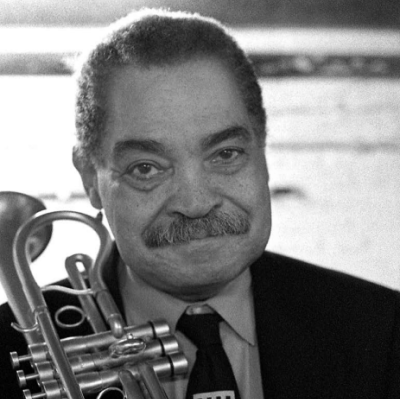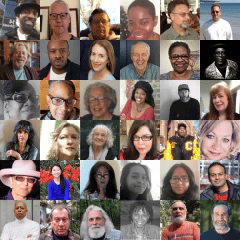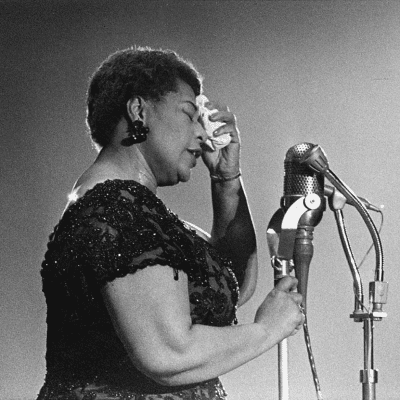I’ll be greedy and ask to be at the Louis Armstrong Hot Five sessions of December 4, 5 and 7, 1928. If I am allowed only one day, make it December 5 and the session that produced “Weather Bird.” I want to be there when Armstrong and Earl Hines create their wild duet, a living metaphor for the independence, interdependence, imagination, musicianship and mastery of time that add up to jazz; a metaphor for what jazz is.
__________
That is a good question. I would say that almost any of the Impulse dates of the John Coltrane Quartet during the 1960s would’ve been great to hear. The reason is that the recordings of this group were so different from the live performances, many of which I witnessed. It would’ve been great to see how Trane changed the atmosphere in the studio to accomodate his objectives.
__________
I think without question, the session I wish I could have witnessed is Kind of Blue. Like many musicians and fans, that record has always been an inspiration for me. I don’t know how many copies I’ve worn out.
__________
Its all Miles dates for me. From Kind of Blue, to Nefertiti, Amandla and beyond. If I were to pick one session (actually sessions) it would be the Plugged Nickel. Even before reading Wayne Shorters book (Footprints) I found fresh energy and heavy inspiration from the playing of the entire band, especially Wayne. I have gained even deeper admiration for that particular period of the quintet since reading about the process that was involved in the evolution of the music. Thanks to the bands fearless approach to harmony, rhythm and interplay, jazz was given a fresh life and a wild new open range of territory to explore. As an improviser fortunate enough to be playing with like-minded players, I often refer back to the Plugged Nickel sessions to get a taste of what is available. Of course, as a trumpet-player brought up on Louis Armstrong, there is nothing like a good hit of Pops to make the day complete. Any session of Louis and his pals would have been a hoot for sure!
__________
As a historian, I am always interested in beginnings, those events from which so much that we know, treasure and take for granted sprang. If some time machine could transport me back (temporarily, please!) to the summer of 1890, I would quickly get myself to the modest storefront offices of the New Jersey Phonograph Company, 758 Broad Street, Newark, New Jersey, to witness the first commercial recording session by a black artist, and the making of the first hit record by a black artist during the first decade of the record industry.
This seminal event has so fascinated me that I tried in my book Lost Sounds to imagine what it might have been like. The singer, an itinerant street musician from New York City named George W. Johnson, had been recruited by an ambitious young, white part-time employee named Victor Emerson. Emerson, 24, knew that the company was about to go under trying to sell the new-fangled phonograph as an office dictating machine, so he convinced his bosses to let him make a few musical records to see if they could sell some of those. Why, in those rigidly segregated times, was one of the very first people he brought in a black man? Johnson was nearly twice his age, a genial, older man (for those times), who starred nowhere but on street corners, whistling and singing for coins. Who chose the two songs he would sing, a silly novelty called “The Laughing Song” and a rather demeaning but also jovial minstrel tune called “The Whistling Coon”?
And how did this first attempt by a rank amateur to make some musical records by a black man to sell to white people actually unfold? There was no real studio, just a few Edison machines that recorded acoustically on wax cylinders, one at a time. Johnson would have to sing loudly into a funnel-shaped horn, hoping that the sound waves would cut deeply enough into the soft wax to produce a audible impression. And, since there was no way of duplicating the resulting cylinders, he would have to sing the same songs over and over again to create enough copies for Emerson to sell. (Maybe I wouldn’t stay for the whole day.)
Was this choice of a middle-aged street busker to be the “first black recording artist” a happy accident? And was the choice of those two songs random? Emerson was either very lucky, or very smart. Johnson’s two tunes, recorded by him over and over again, became the two biggest sellers of the 1890s, black or white. They were heard across the country and into the next century. They showed that whatever else white America thought of Negroes, they could certainly sell records, opening the doors first for a number of black quartets to record, then for established entertainers like Bert Williams and the Fisk Jubilee Singers, and eventually for early jazz musicians like Jim Europe and Wilbur Sweatman.
And all that started in a cramped little room at 758 Broad Street, Newark, New Jersey. I wish I could have been there.
__________
Laughing Song




